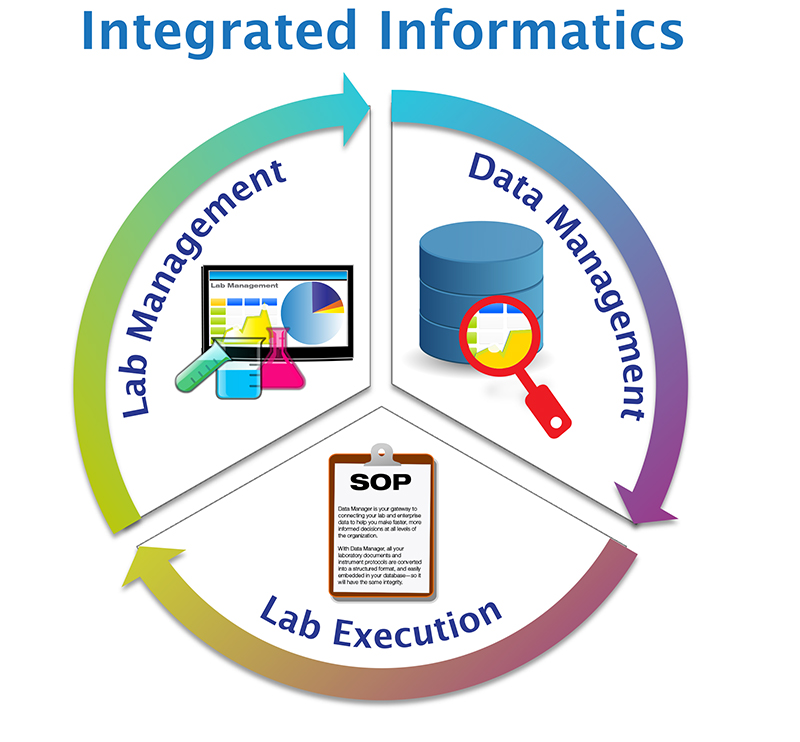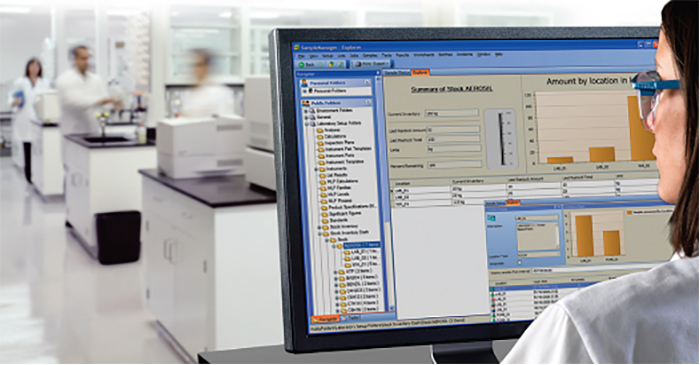Pressure to Track Food Safety Data
Designed to ensure the safety of the food supply for consumers, new regulations are increasing pressure on brands and producers to be able to not only provide safe products, but to also be able to validate, quantify and track that safety with their data. The objective of this transparency is an admirable one: To encourage producers to get ahead of these potential risks before they arise. Yet it presents numerous new challenges for the sector.
Today the big question at hand for food and beverage brands, producers, processors, distributors and others in the supply chain is how to service this increasing demand for data. Thankfully, this demand has fueled an equally tremendous pace of innovation in the space.
Data has never been easier to capture or manage, and being able to make smart decisions based on the best data available is the new goal. RFID, barcodes and smartphones are allowing organizations to capture a breadth of data regarding their operations, and this technology is enabling them to do it faster and more easily than ever. Likewise, what organizations are able to accomplish with that data has also evolved.
Software providers leveraging big data, web integration and analysis tools now make it possible for food producers to go beyond simply tracking past scores. Taking advantage of today’s technology, companies can make proactive and predictive decisions based on many streams of business data, all through centralized platforms. For forward-thinking brands, this provides an unprecedented ability to account for previous unknowns in their process and supply chains (an uncertainty that can be an especially big for those leveraging a global network of suppliers).
Developing a Data Strategy
Looking into the future, the technology innovations on the horizon hold the potential to inspire more of the same data-driven transparency. Take the next trillion-dollar technology market—the Internet of Things (IoT)—as an example. IoT and IoT proponents believe that adding Internet connectivity to formerly “dumb” devices and tools will be the key to unlocking insights that will lead to the next stage in business efficiency. In the context of compliance and food quality and safety, an observable connection can be drawn. More data from an increasingly varied set of sources presents an enticing future that many organizations are beginning to position themselves for in order to capitalize on this data when the time comes.
So what’s the first step?
Most organizations can begin by making sense of their current state of data. The market has already begun to establish leaders in the data management platform space. From a research perspective that eases much of the burden. Analyst firms like Gartner and Verdantix are beginning to identify innovative market leaders and their capabilities in various analytical methodologies. For organizations that haven’t yet started to aggregate these streams of information that unlock strategic data-driven decisions, this is where foundational investments should be made. These investments include not only those in technology and tools, but also investments in supporting processes and people.
Likewise, for organizations that still rely on data from ERP platforms and technologies, now is the time to revisit data strategy. We’re in the midst of tremendous innovation in the cloud and SaaS space. While many companies have become accustomed to traditional, somewhat cumbersome systems, there are great benefits to be unlocked from switching to a solution that is more agile and easier to manage.
Whatever happens, none of this is going away. Regulatory scrutiny and increasingly demanding consumers are here to stay. Access, transparency and demand for data will not slow down, and will most likely only continue to accelerate. For businesses in the food and beverage sector, this presents as much of an opportunity as it does a challenge.







